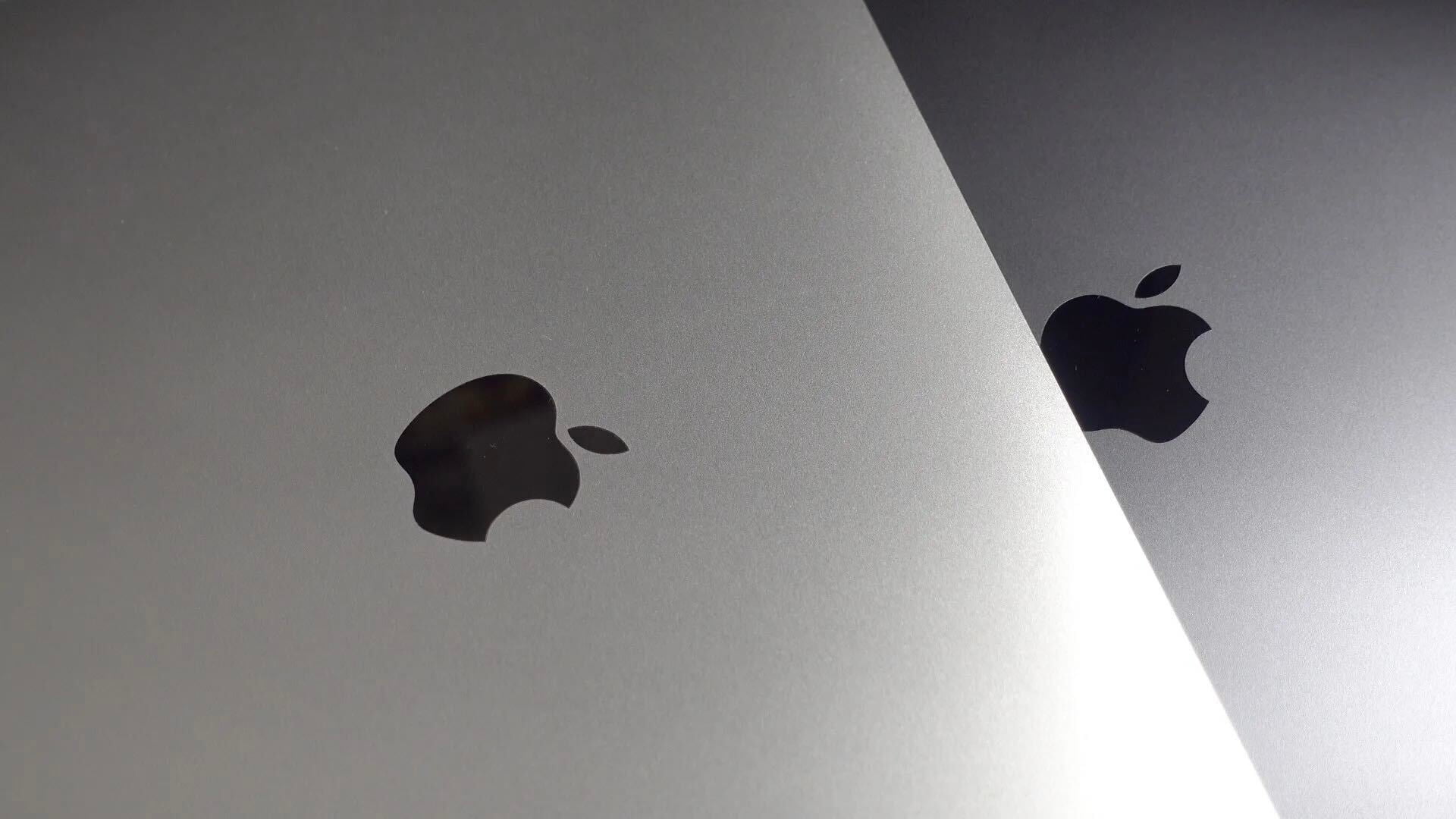It’s not the first department store with plans for iBeacons, but it’s certainly one of the biggest we’ve seen yet deploying the Bluetooth LE beacons that send shoppers location-aware, targeted notifications. Today Hudson’s Bay Company announced that it’s rolling out an iBeacon shopping experience in some of its 130 The Bay and Lord & Taylor department store locations across the US and Canada.
Using beacons installed in merchandising areas throughout its stores, Hudson’s Bay and Lord & Taylor will automatically deliver branded content and personalized offers to in-store shoppers through an array of company-owned and third party mobile apps… The HBC Department Store Group operates more than 130 Hudson’s Bay and Lord & Taylor department stores across North America. Starting today, the new in-store mobile experiences will be available to shoppers at select malls and free-standing Hudson’s Bay stores…
While we’ve seen some clothing retailers, grocery stores, and events taking advantage of iBeacons, Hudson’s Bay company is one of the first major department stores to do so in large number of its stores across North America. It’s decided to use Swirl, a complete iBeacon marketing platform that integrates with Motorola Solutions’ MPact platform that is already being used by fashion brands Timberland and Kenneth Cole for in-store experiences. Other department stores like Walmart have opted for GE’s new beacon-equipped LED lighting fixtures with their own software side solution in its mobile apps.
Hudson’s Bay Company will use the tech in its stores for the usual targeted shopping experiences pushed to the retailer’s mobile app. That includes “delivery of unique and relevant content to shoppers at multiple locations and departments within its stores.” As for why it picked Swirl rather than one of its competitors, HBC says the decision was based on Swirl’s “ability to meet the security and scalability requirements of its large-scale department stores.” A couple of the notifications that will be sent to users are pictured above.
Here’s what the iBeacon’s look like in store:
While it’s not sharing what specific locations of the 130 it operates will be getting iBeacons, you can expect to see notifications through the mobile apps for The Bay and Lord & Taylor. That includes stores in select malls and The Bay’s standalone locations such as its 850,000+ square foot Toronto flagship store. No word on when the Hudson’s Bay company will bring iBeacons to the other popular chains it owns including luxury retailer Saks Fifth Avenue and Canadian home goods store Home Outfitters.
Earlier this month we shared some of the earliest stats available for ad engagement through iBeacons noting that Hillshire Brands was able to increase sales with purchase intent up 20x representing a 500x increase over average mobile ad engagement.
FTC: We use income earning auto affiliate links. More.






I have been working with these iBeacons for a while now. With Lord & Taylor adopting this technology, it looks like there is a bright future for some cool app development here. Apple and Android users should like this new stuff, the Window8 mobile still can’t detect the iBeacon as of this blog post.
Why doesn’t Apple make a Passbook-esque app for iBeacons? Allowing users to just install a ‘card’ that links to iBeacons related in-store info. Rather than requiring that I download 20+ poorly designed, bulky and large (in terms of app data size) just to get notifications in store. It wasted space on my phone, and I’ll just end up cramming them all into a folder. By having a centralized app, I could allow stores not yet approved to be downloaded upon entering a store with iBeacons. Of course they could also recommend downloading the full app. I could also get all specialized coupons and offers in one place, making it easy at checkout – exactly what passbook does! It’s the same for widgets. I might want the widget but not the full app, because it’ll waste storage on my phone and be relegated to some unused folder!
Lastly, Apple need to create an advanced search on the iOS App Store, that allow me to search for Passbook compatible apps. And let me see all compatible apps no matter what type of app. I like Passbook and I want to use it more, but if I don’t know what apps support it, I can’t find them. They also need to include the compatibility info in the general search results, rather than burying them halfway down the page!
While I agree there is a lot of hype around beacons and brands are adopting it, somehow the hype does not match the number of actual implementations on the field. This is primarily because there is too little information available about how to do it right. Our Beacon Primer Webinar series is focussed on helping businesses with that. We have one next week, on “How to Deploy and Manage Beacons”. I am sure you will find it interesting. http://www.beaconstac.com/beacon-primer-webinar-series